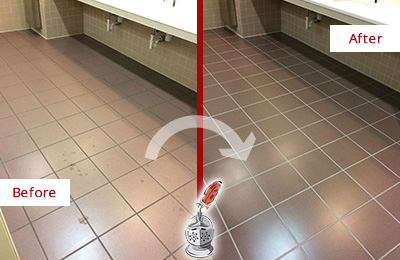Bathroom Water Damage - Ways To Stop This Happening
Bathroom Water Damage - Ways To Stop This Happening
Blog Article
They are making several great annotation related to How to Fix a Water Damage Bathroom overall in the article underneath.

The bathroom is extremely susceptible for damp build-up as well as prospective water damages as a result of the constant use water in it. This post uses straightforward evaluation techniques to help discovering water damage risks.
The frequent use of water in the restroom makes it extremely vulnerable for moist accumulation and potential water damages. By evaluating it regularly, you can lower water relevant problems.
The adhering to collection of assessments is simple to carry out and should be done once in every 3 months in order to maintain your shower room healthy as well as to avoid potential water damages brought on by the bath tub, the shower, pipeline joints as well as plumbing, sinks, cabinets, and the commode
Do not forget doing these assessments as well as be comprehensive while performing them. Remember that these basic assessments can save you a lot of cash by supplying early indications for water damages
Sinks as well as Cabinets
Sinks and closets are revealed to wetness and moisture everyday and are often forgotten. Check routinely under the sink and on the kitchen counter above it. Fix any type of drip in the trap as it might recommend drain troubles. Take a look around the sink, slow draining pipelines may show an obstructed drain. Change sink seals if they are broken or loosened.
Tub and Shower
The shower and also tub call for special attention as well as maintenance. Examine the ceramic tiles and also replace if cracked. Make certain that there is no missing cement between the floor tiles. Examine and also replace fractured caulking at joints where the walls fulfill the floor or the tub. Obstructed drains and also pipes troubles will protect against the bathtub from drying out and might indicate severe problems under the tub. Consult with an expert immediately to prevent architectural damage. Focus on stainings or soft areas around the tub wall surfaces as they may suggest an inner leak.
Plumbing
Signs for water damages are tough to spot considering that most pipes are mounted inside the walls.
Pay special focus to flooring as well as wall surfaces moisture as well as discolorations as they might indicate an undetectable plumbing problem. Check wetness degrees in adjoining spaces too.
The Commode
The toilet is a prone water joint. Check the water lines and search for leaks around the bathroom seat, in the tube, and under the water storage tank. If you find any kind of signs of moisture on the floor around the commode, look for leakages in the toilet rim as well as storage tank seals.
Know that hanging bathroom dish antiperspirants boosts the opportunities for obstructions.
Water Damage Signs In The Bathroom To Avoid Cleanup
Musty smell
This is one of the easiest signs to catch because musty smells are so odorous. The damp, earthy, moldy smell should be a big red flag. The smell will develop when moisture gets trapped in surfaces, and begins to facilitate mold growth. Leaking pipes under cabinets, inside walls, and behind shower fixtures will cause moisture to stay trapped and not dry, which will lead to mold growth and spread. As soon as you notice any musty smells in your bathroom, have it checked for hidden water damage and cleanup signs.
Visible mold
If the smell isn’t there to give it away, sometimes you will actually see mold growth. Finding mold in your bathroom is a serious problem, because mold is very harmful to your health. By the time mold growth is visible, it also means that water damage has already occurred and been present for some time. The only way the mold problem can be resolved is to find the source of the moisture and get it stopped. To safely and adequately remove mold, you need to have professionals handle the remediation. Do not waste any time in getting mold problems addressed, fixed, and sanitized so that you can protect you and your family from the many respiratory symptoms caused by mold exposure.
Damaged floors
Bathroom floors should be able to withstand some exposure to water while still remaining in good condition. However, when excess exposure or water leaks occur, they will begin to damage even the most water-resistant flooring. If you notice any cracking, bubbling, staining, or warping on your bathroom floors, there is probably a water leak somewhere causing the distortion. If you notice areas of the floor have become softer, or even have a spongy feeling, there is probably damage to the subfloor. Subflooring is typically made up of plywood. When plywood is exposed to water or moisture, it will absorb it. Once it has become saturated, the weight of the excess water will cause the wood to swell and soften. Check the floors in your bathroom frequently to catch any of these sings before they lead to damaged subflooring.
Changes on walls
When water leaks behind walls, it will cause changes in the drywall. Peeling plaster, blistering paint, and soggy wallpaper are all good indicators that excess water is building up behind the wall. Water leaking behind drywall will cause it to swell and be soft to the tough. If you start to notice gaps along the trim of your walls, or where tile meets the wall, it could also be a strong indicator that there is a leak behind the wall. Any changes, distortion, or damage on the walls should be evaluated as soon as you notice it to prevent further water damage and cleanup.
I came across that content on How to Prevent Bathroom Water Damage while surfing the web. Liked our write up? Please share it. Let someone else check it out. Thanks a lot for taking the time to read it.
Click Here! Report this page